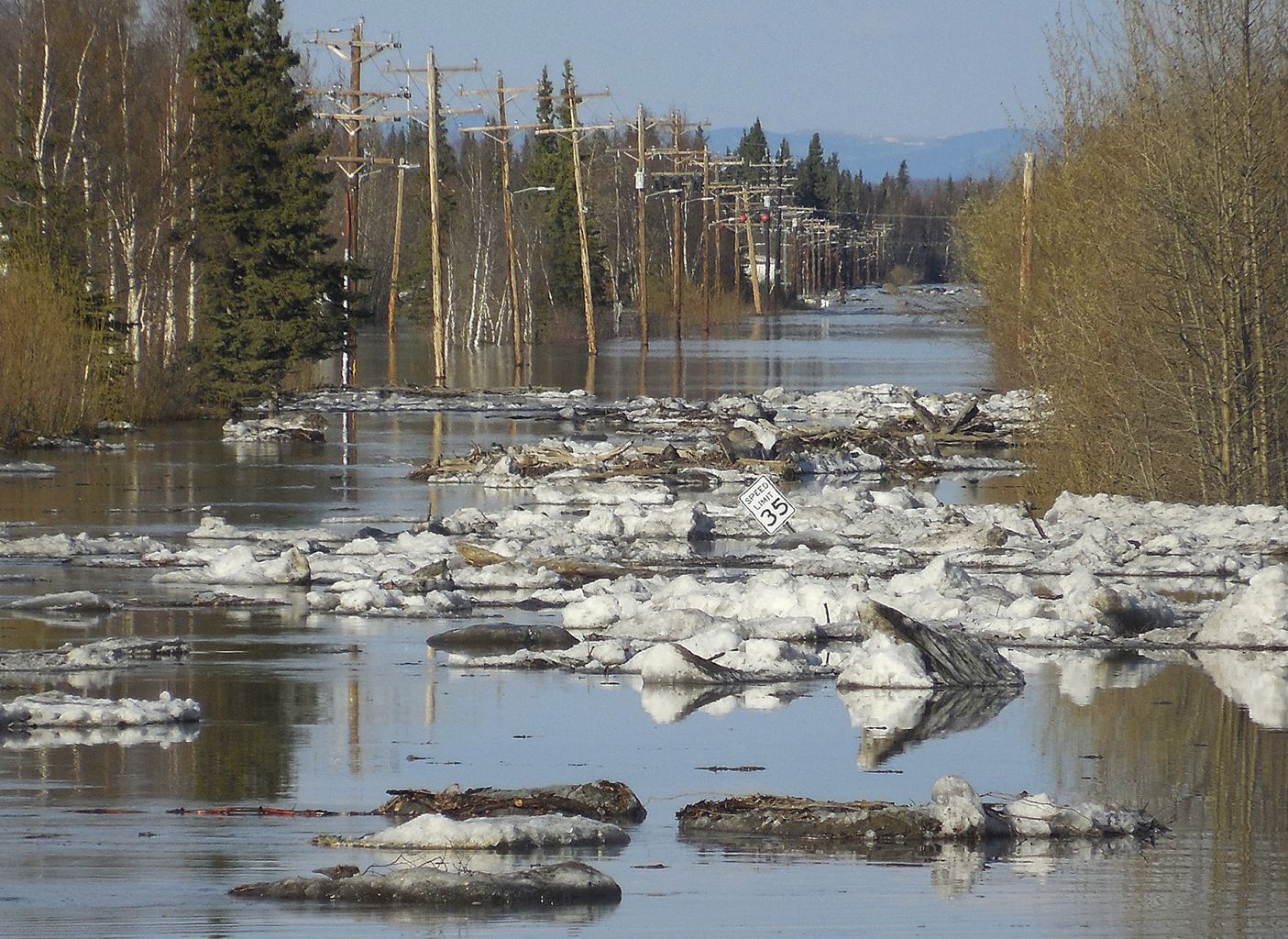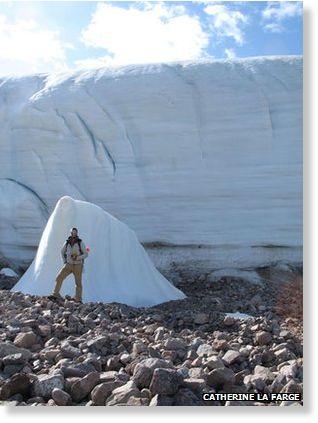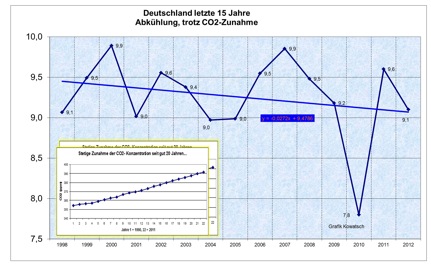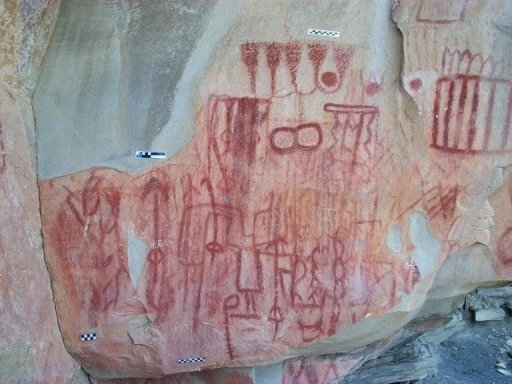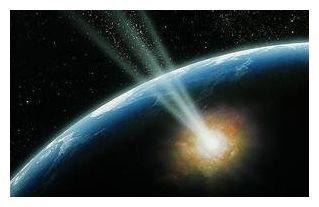
© Getty, YDB Research GroupThere's new evidence of a comet impact 13,000 years ago.
Some retirees golf. Some dream of buying a boat and sailing the world. Anton and Maria Chobot spent 30 years of their retirement digging up artifacts of the Clovis culture on their property near
Buck Lake, Alberta, and now, they may have provided some of the evidence needed to settle a long debate in the science community.
Roughly 13,000 years ago,
something touched off the 'Big Freeze' - a 1,300-year-long cold snap formally called the
Younger Dryas stadial - that caused major climate changes and droughts.
These have been blamed for the extinction of the mammoth and the saber-toothed tiger, and also the downfall of the ancient
Clovis culture. However, what that
something was has been debated for years.
One idea that's proven popular over the years is that
a meteorite or comet struck the planet, somewhere around what is now Hudson Bay. However, if something big enough to melt the Laurentide ice sheet had hit the planet there should have been some indication of it, in the form of a crater, or
shocked and melted rocks, or '
impact spherules'. And, until recently, the evidence was lacking.
